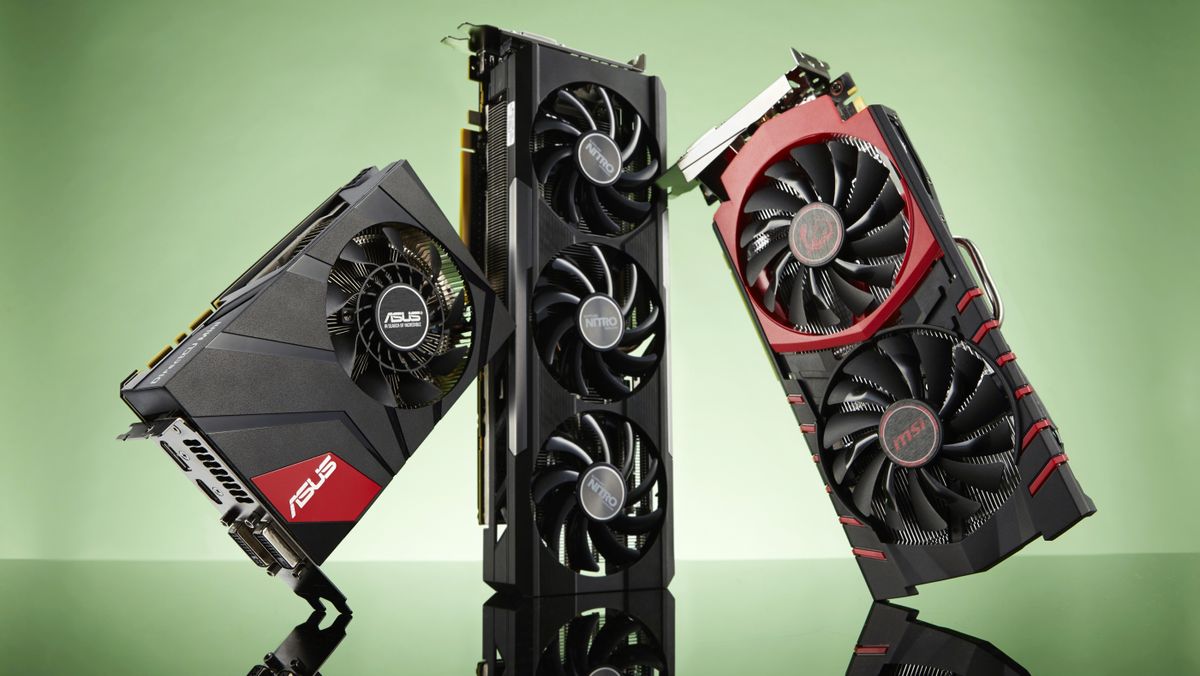

There is a lot of neat new software tech and support coming along with the delivery of the first Pascal graphics cards available to consumers. It can drive up to four displays simultaneously. The card has three DisplayPort connections, one HDMI 2.0b connector and a dual-link DVI connector.

A section of the backplate can be removed to increase airflow between multiple 1080 cards when using a SLI configuration. Designed in-house by Nvidia, the Founder's Edition has a machine-finished, heat-treated die cast aluminum body and low-profile backplate. The Founder's Edition of the GTX 1080 graphics card (which will run $699 when it hits on May 27) is just as beautiful on the outside as it is in its Pascal-powered guts. If you're looking to upgrade and haven't yet made it to the 900 line of graphics cards or you're all about 4K, the 1080 is the obvious choice. Upgrading from a 980 might make more sense, but also, judging by the numbers using games at max settings, it seems like a card you can put off buying for a bit. Certainly, it wasn't a big enough difference to warrant the $599 to $699 price tag. That said, in my personal experience upgrading from a 980Ti to a GTX 1080, I didn't notice that significant a difference when running today's games on a single monitor at 1080.


 0 kommentar(er)
0 kommentar(er)
